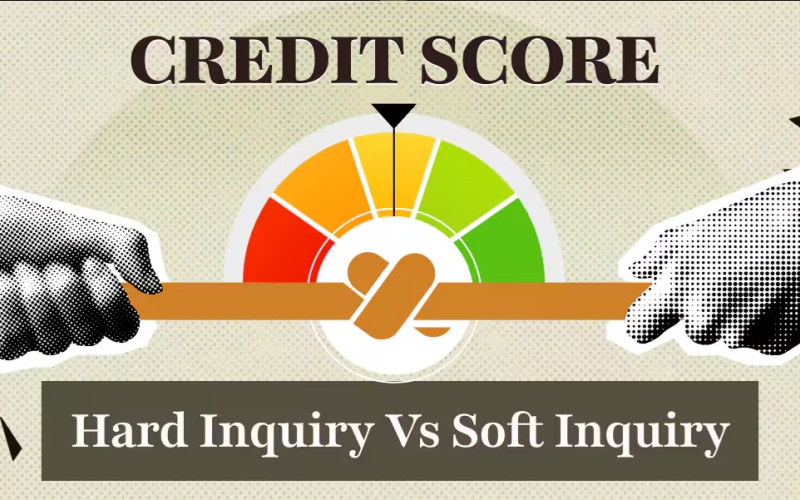First, assess your financial situation by tracking your income and expenses. This step provides a clear picture of where your money goes and helps identify areas for improvement. Utilize budgeting tools or apps to simplify this process. A popular method is the 50/30/20 rule: allocate 50% of your income to…
-
-
Understanding Personal Finance The Basics
The first step in personal finance is budgeting. A budget is a plan that outlines income and expenses, helping individuals track their spending and identify areas where they can save. To create a budget, start by listing all sources of income, including salaries, bonuses, and side hustles. Next, categorize monthly…
-
The Role Of Insurance In Financial Planning
There are several types of insurance, each serving a unique purpose. Health insurance is essential for covering medical expenses, ensuring access to necessary healthcare services. Without health insurance, individuals may face exorbitant medical bills that can lead to financial ruin. Life insurance is another crucial type, offering financial security to…
-
Retirement Planning Securing Your Financial Future
The first step in retirement planning is determining how much money you will need to live comfortably during retirement. This involves estimating your future expenses, including housing, healthcare, travel, and daily living costs. A common rule of thumb is to aim for 70-80% of your pre-retirement income, but this can…
-
The Importance Of Credit Scores What You Need To Know
Credit scores typically range from 300 to 850, with higher scores indicating better creditworthiness. Factors influencing credit scores include payment history, credit utilization, length of credit history, types of credit accounts, and recent inquiries. Payment history is the most significant factor, accounting for approximately 35% of the score. Timely payments…
-
Investing 101 A Beginner’s Guide
At its core, investing involves allocating money to assets with the expectation of generating a return. Common investment options include stocks, bonds, mutual funds, and real estate. Each type of investment carries different levels of risk and potential returns, making it essential to understand your risk tolerance before diving in.…






